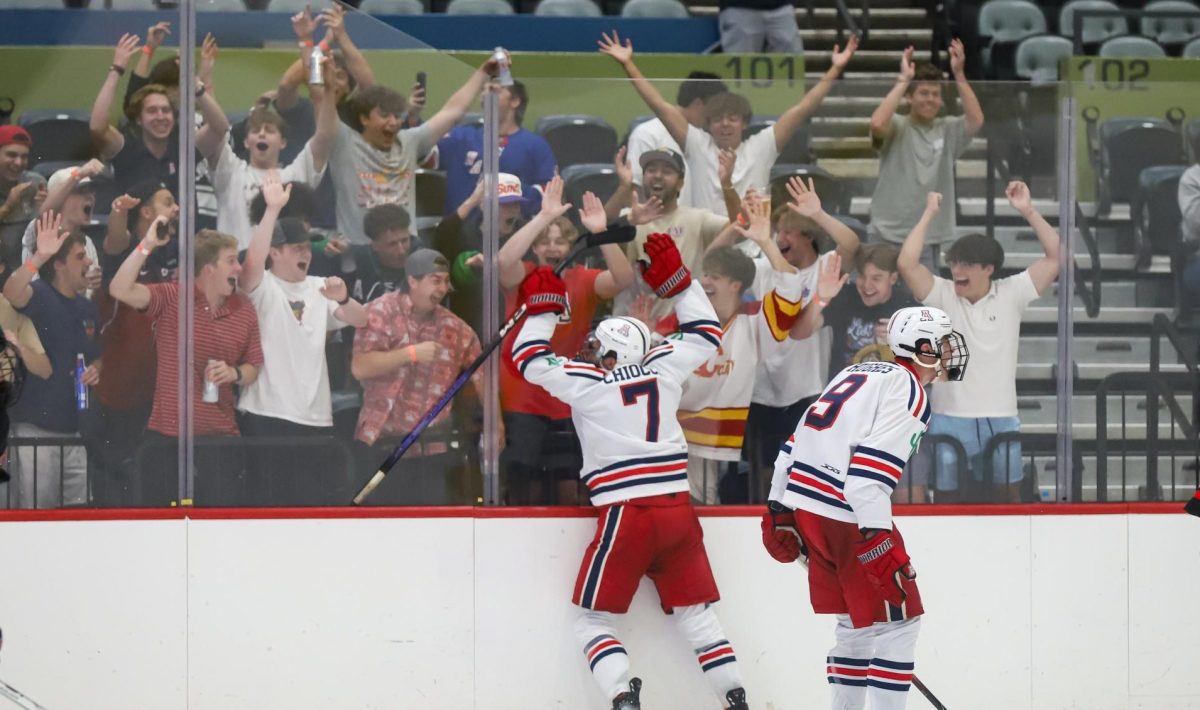Sean Miller knew that it would be a long road for junior Kevin Parrom to return to his former self after suffering a series of tragedies before and during the 2011-2012 season.
Parrom’s maternal grandmother died over the summer. The junior was then shot in the hand and the knee in late September of 2011 at his father’s apartment in New York City. And if that combination wasn’t enough, emotional trauma was added by the death of his mother three weeks later.
“I don’t know if anyone can really walk in his shoes,” Miller said. “It’s tough enough to deal with one of those three things, let alone all three of them.”
On Dec. 1, 2011, Miller said he considered it “fortunate” that Parrom was back on the court at all. A month later, Miller was less optimistic about what Parrom could contribute.
“I don’t think, unfortunately for Kevin, that he’ll ever get this year to where we anticipated him being,” Miller said.
And then on Tuesday, Miller questioned if the junior should have returned at all this season.
“Kevin hasn’t contributed very much to this year’s team,” Miller said. “We’re just trying to get the most out of him that we can, which isn’t much to this point.
“In hindsight, none of us had a crystal ball and we don’t know what the future holds, but a redshirt, you could make the argument, may have served him well.”
Understandably, Parrom’s numbers haven’t stood out on the Wildcats’ stat sheet this season, leading to lots of “What if?” questions and wondering what this year’s Arizona team would look like with a healthy Parrom.
Miller said that he would have expected Parrom to be on the same level of fellow junior Solomon Hill had it not been for the shooting.
“You look at Solomon’s progression, that really should be Kevin’s progression,” Miller said.
Parrom’s averaging of four points and 2.6 rebounds per game is much closer to his freshman year averages than the numbers he put up as a sophomore, but it’s Parrom’s ability to play multiple positions with Arizona’s smaller lineup in place where he’s still a factor.
The junior still has to work to get his minutes back up. Parrom averaged 20 minutes per game in 2011, compared to a 15 minutes per game average this year.
Senior Brendon Lavender called Parrom’s smaller role in the rotation “a huge factor.”
“He’s a great player.” Lavender said. “He gets a lot of rebounds for us and he pushed the ball well and he shoots the ball well.”
But despite the regression, Parrom still has a lot to contribute to the Wildcats this year, even in a decreased role. Lavender said he’s been able to tell Parrom is working to get back to his former self in practice, but it’s during the game that Arizona could use more of Parrom’s “no easy buckets” attitude as the season goes on.
Parrom’s physical presence, rebounding ability and potential to spark an offensive run are all things the Wildcats’ offense need him to continue to provide this year.
As a result of his small steps approach to rehabbing his injury, Parrom might not be able to match the numbers he put up last year, but he still needs to be a factor this season.
“Right now, we’re good with him with him taking his time,” Lavender said. “But in March, that’s when we’ll definitely need him and I think he’ll be ready.”









